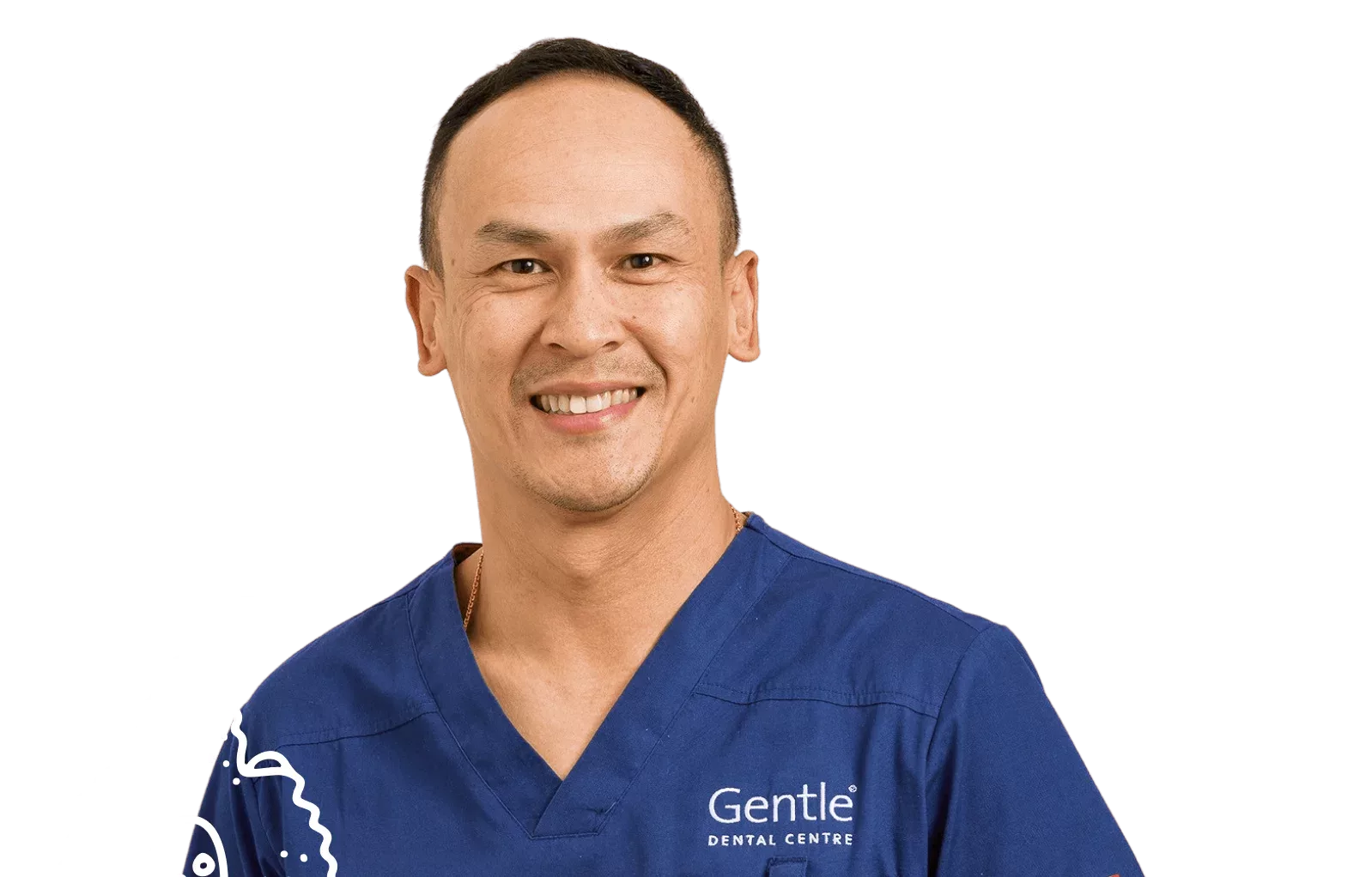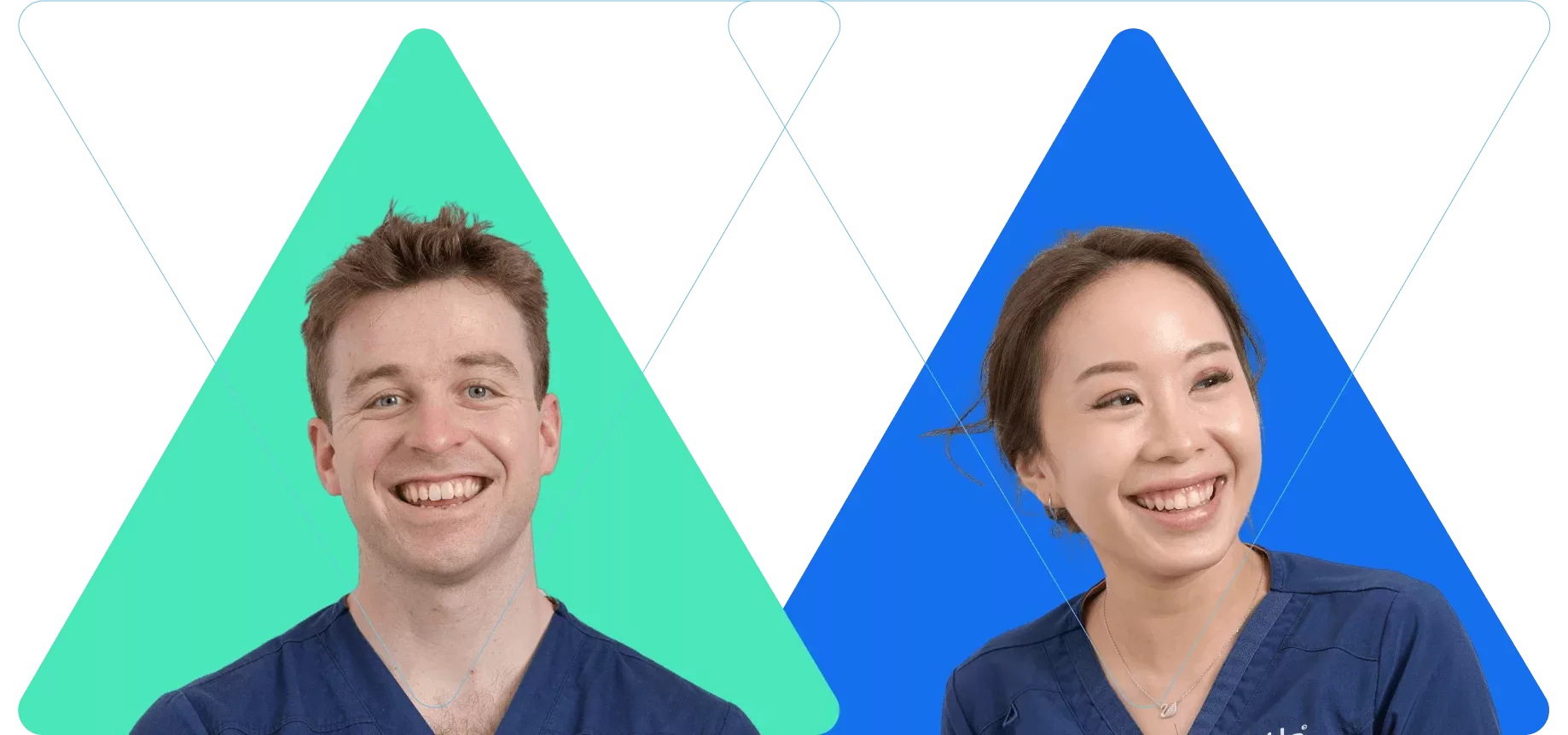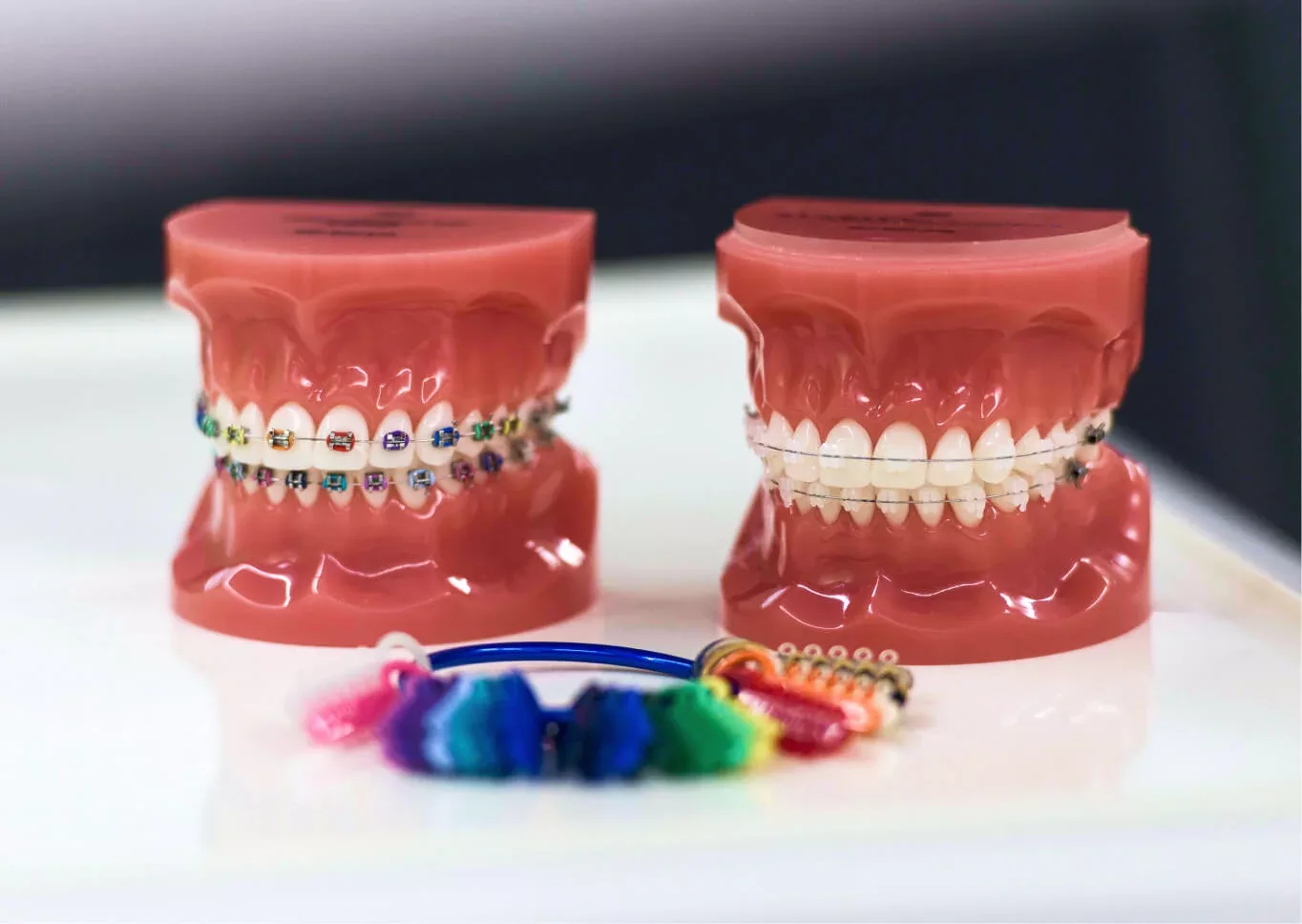What’s the Difference Between a Dentist and an Orthodontist?
Orthodontics is its own branch of dentistry that is focused on diagnosing and treating problems related to the alignment of our teeth and jaws....
Looking for an orthodontist in Wellington? Our in-house orthodontic team are here to help you achieve the smile of your dreams. Our gentle approach to braces helps to minimise discomfort during your orthodontic treatment.


Our Gentle Braces team are passionate about helping you achieve the perfect smile. Orthodontics is our sole focus; we are experts in teeth straightening and creating beautiful smiles.
We use state-of-the-art equipment and modern technology to improve patient comfort and minimise the need to remove teeth. We provide a range of orthodontic treatments for kids, teenagers and adults in Wellington including early intervention, Invisalign, clear braces, traditional braces and removable appliances.
01 Consultation
At your first visit, our Wellington orthodontist team will listen to your concerns about your teeth and get an understanding of what you want to achieve.
We’ll take you through a thorough examination to determine what your orthodontic problems are and discuss whether braces are the best option for you.
After the exam, your orthodontist may recommend a range of braces to correct the problem. Options may include traditional braces, clear braces or Invisalign. No referral is necessary to book your initial consultation.
02 Treatment plan
If you'd like to proceed with your chosen orthodontic treatment, we'll book you in for a second appointment to take records of your teeth.
At this appointment 3D digital scans, photographs and X-rays will be taken. This doesn't hurt and is simply used for diagnosis and treatment planning.
In more complex cases we might need to book a second consultation to discuss your records further and present a more detailed treatment plan.
03 Getting your braces
Getting braces is a gentle and painless process. During this appointment, our orthodontist will glue small metal brackets onto the front of each tooth and then place a wire across the brackets. This process typically takes 40 to 60 minutes.
Most people experience slight pressure or discomfort for two or three days after they get braces.
Your teeth will feel a little tender during this time, which is totally normal. We recommend eating softer foods for the first few days after your fitting.


01
Appointments take 45-60 minutes
02
3D digital scans of your teeth, photographs & x-rays
03
A digital simulation of your teeth showing them moving to their new positions
04
Additional appointments for fitting your braces
Related posts
Orthodontics is its own branch of dentistry that is focused on diagnosing and treating problems related to the alignment of our teeth and jaws....
Getting your braces off is a huge achievement but it’s not the end of your orthodontic journey. To keep your smile straight, you’ll need to wear a ...
The main advantage of getting braces is having straight teeth for the rest of your life. Straight teeth are advantageous for many reasons, including better oral health and a more confident smile. Having straight teeth can improve your self-esteem and give you the confidence to smile in photos more. Braces also help to align your teeth which can enhance the shape of your face and are easier to keep clean than crooked or misaligned teeth. An aligned bite can also make chewing more comfortable and fix some speech impediments.
The best age to get braces for misaligned teeth is usually between the ages of nine and fourteen. At this age range, all of your adult teeth have come in and your physical development is most receptive as your bones are still growing. In particular, the jawbone is still growing and isn’t fully formed yet. This makes it easier for braces to move the teeth into place. Another reason to get braces as a young adult is that it’s a common age to wear them. Many people get braces during their teenage years and the time will go very fast. Before you know it, you’ll be an adult with straight teeth and a beaming smile.
Yes, adults can get braces. However, if you have the option of getting braces as a teenager you should. While there is nothing wrong with getting braces as an adult, some adults don’t like the look of traditional braces. The process of getting braces is also slightly longer for adults. This is because your bones have stopped growing and it can take longer to move the teeth into place.
If you don’t like the thought of having visible braces, Invisalign or clear braces make great alternatives. Invisalign uses clear aligners to move your teeth into place. These transparent trays are removable. Clear braces are a more inconspicuous form of traditional braces. Clear braces use ceramic brackets and white wire to move your teeth into alignment. They are not removable. However, they are far less noticeable than metal braces. If you are interested in how much braces cost, book a consultation with our orthodontist today.
Orthodontics can make brushing more difficult but it’s vital that you take care of your teeth when you have braces. Brush carefully between the brackets and wires with a good toothbrush twice a day. Electric toothbrushes with rounded heads are a great option for cleaning between brackets. If you don’t have an electric toothbrush, choose a regular brush with flexible bristles and a narrow neck. This will help to dislodge food from between the wires and infiltrate any small, hard-to-reach spots around your teeth. Choose a brush with soft bristles so that you’re not damaging any of the hardware on your teeth.